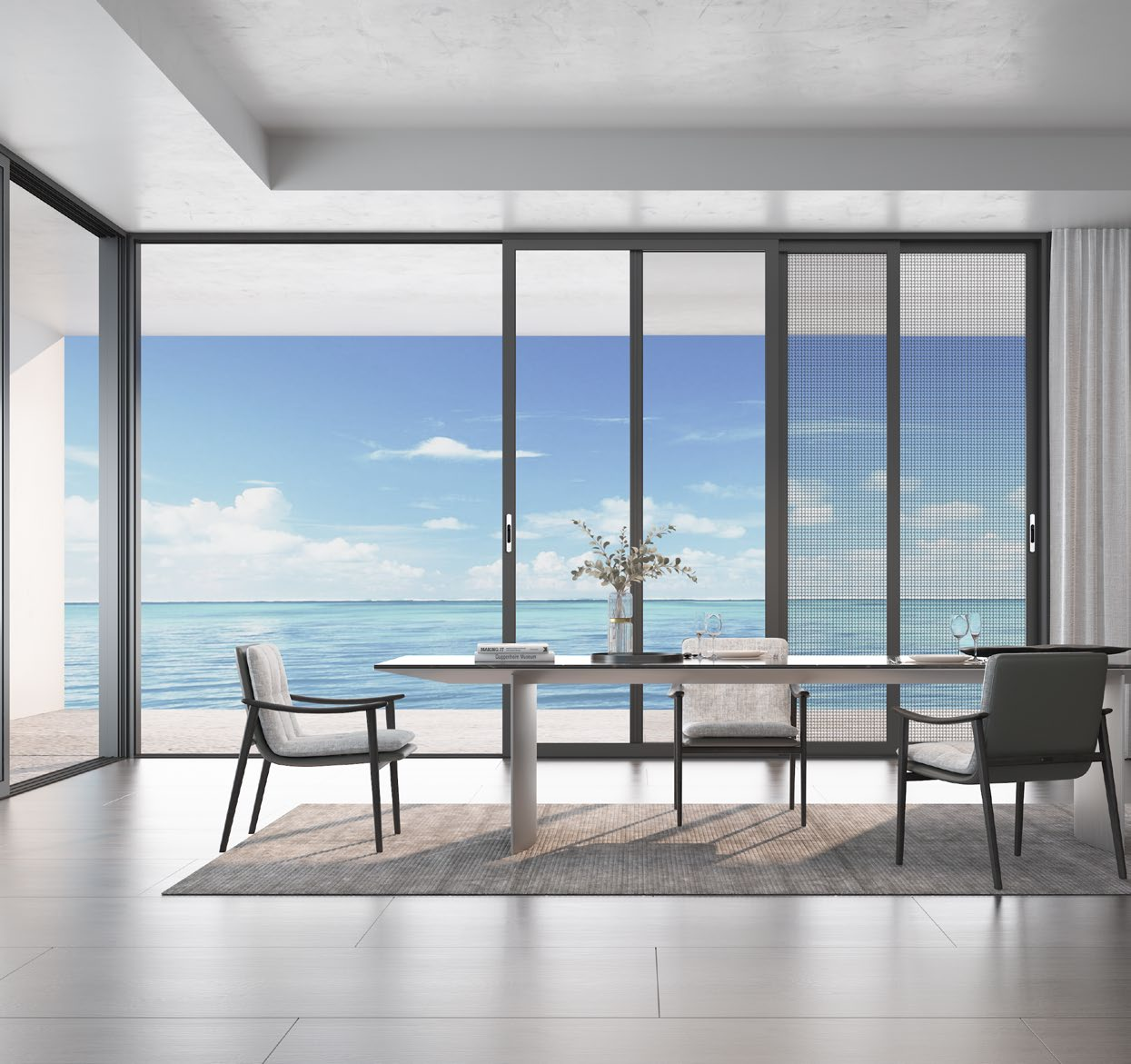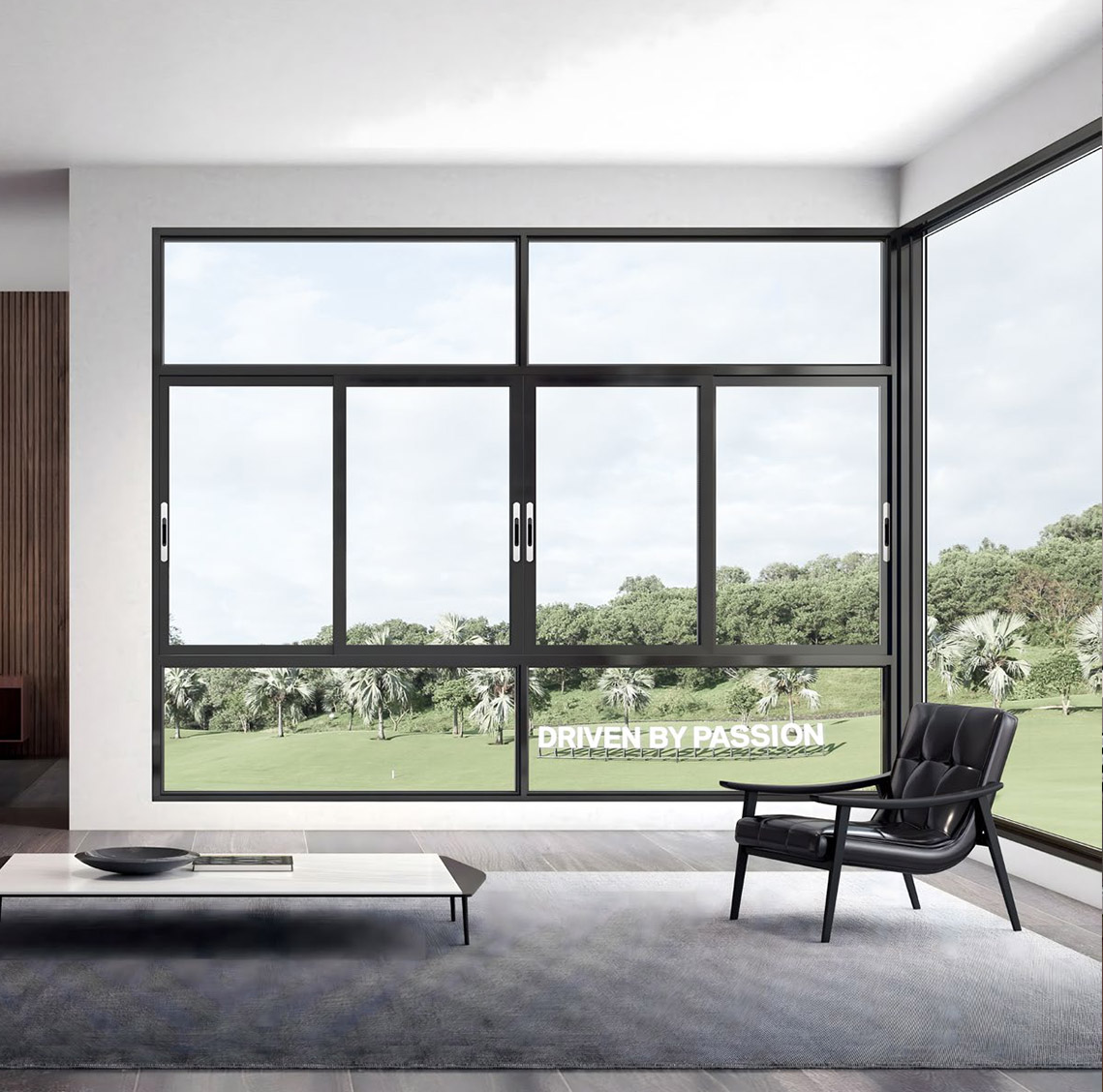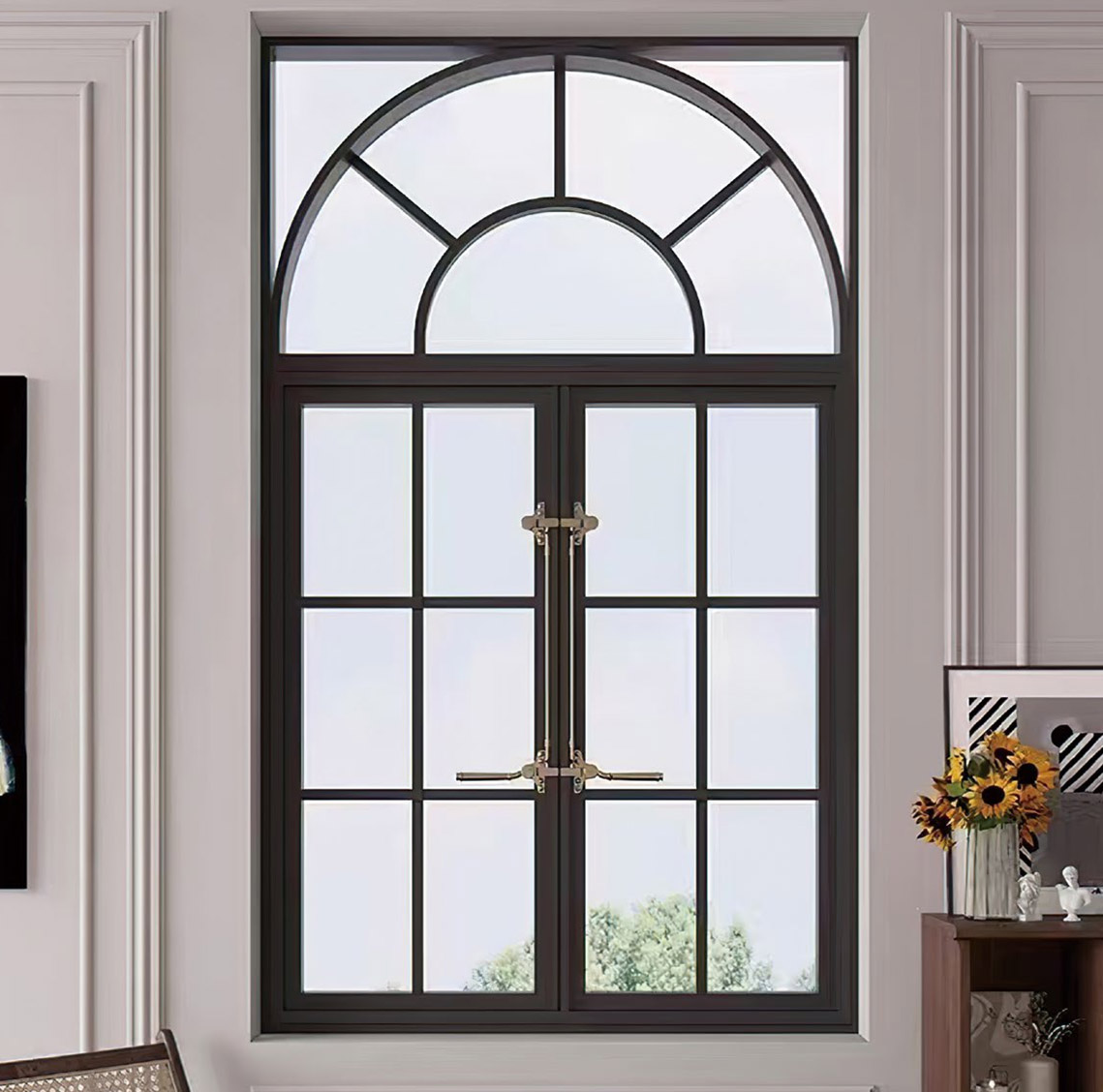Outward-opening Window Sizes: Steer Clear of These 3 Mistakes for Safe and Functional Windows
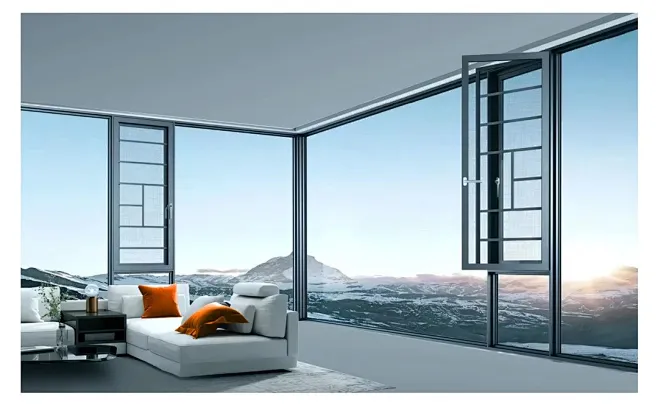
“How big should our outward-opening windows be?” This is one of the most frequent questions we encounter in the custom door and window industry. The right size isn’t just about comfort; it’s a crucial factor affecting daily safety and cost-effectiveness. This guide will help you navigate the common pitfalls to ensure your windows are perfect for your home.
Why Window Size is a Make-or-Break Decision
Window design failures often stem from two extremes: windows that are too small or windows that are too large.
Consider these real-world scenarios: client complained about his 12-square-meter study being unbearably stuffy in summer. The culprit? A single, tiny 400mm x 500mm opening that prevented proper airflow. On the other hand, client’s living room has an outward-opening window that’s 900mm wide. Operating it requires leaning out dangerously far—a nerve-wracking experience on the 23rd floor.

The Three Critical Mistakes to Avoid
Mistake 1: Prioritizing Only Cost, Leading to Inadequate Ventilation
The Problem: Opting for the smallest possible windows to save money can create an unhealthy living environment. Small windows fail to provide sufficient air exchange, leading to stagnant air, moisture buildup, and discomfort.
The Science Behind It: Building codes often stipulate that the openable area for ventilation should be at least 5% of the room’s floor area.
- A quick calculation: For a 20-square-meter living room, you need about 1 square meter of ventilation area.
- The solution: Two windows sized at 600mm x 1000mm will provide 1.2 square meters of ventilation, perfectly meeting the requirement.
Mistake 2: Chasing Maximum Views, Compromising Safety and Function
The Problem: Oversized window sashes, while great for views, become heavy and difficult to operate. This poses significant safety risks, especially for outward-opening windows.
The Hazards:
- Strained Hardware: Heavy sashes place excessive stress on hinges and locks, causing them to warp or fail over time.
- Operational Danger: Opening and closing a large outward-facing window requires reaching out, compromising the user’s balance and safety.
- Reduced Weather Resistance: An oversized sash is more vulnerable to being forced open during strong winds.
The Golden Rule of Sizing:
| Dimension | Recommended Size | Absolute Maximum | Reason |
|---|---|---|---|
| Width | Around 600mm | 700-800mm (with caution) | Ensures easy, one-handed operation and hardware longevity. |
| Height | 1000mm – 1200mm | 1500mm | Prevents the sash from becoming too heavy and cumbersome. |
Mistake 3: Overlooking Indoor Safety, Especially for Children
The Hidden Danger: Modern thermal break aluminum alloy frames have sharp, 90-degree angles. For inward-opening windows, the bottom edge of the sash typically sits 0.9m to 1.1m from the floor—right at head level for a 3-to-5-year-old child, creating a bump hazard.
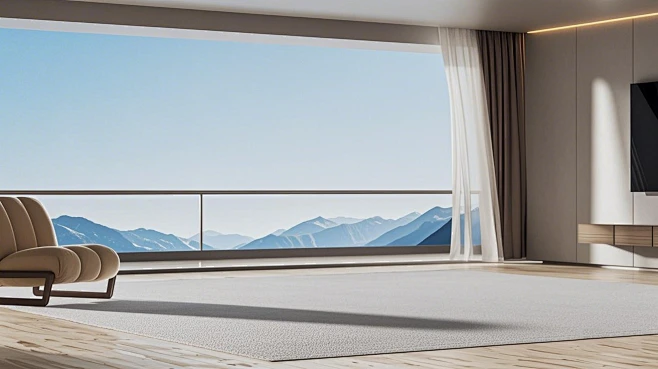
Smart Solutions:
- Outward-Opening Windows: Eliminates the indoor collision risk entirely (though often restricted in high-rise buildings).
- Tilt & Turn Windows (Inward Opening + Top Ventilation): The safest option for high-rises, allowing secure ventilation while the sash is tilted.
- Protective Corner Covers: A simple, low-cost buffer solution for existing windows.
Quick-Reference Table by Room
| Room Type | Recommended Size (W x H) | Key Considerations |
|---|---|---|
| Bedroom | 600mm x 1000mm | Balances fresh air with peaceful operation. |
| Kitchen | 500mm x 800mm | Provides quick ventilation to remove odors and humidity. |
| Bathroom | 400mm x 600mm | Prioritizes privacy while ensuring moisture escape. |
| Living Room | 700mm x 1200mm | Offers enhanced airflow for larger shared spaces. |
Q&A Corner
Q: Are there special rules for outward-opening windows in high-rise buildings?
A: Absolutely. Safety is paramount. It’s advisable to keep the width under 700mm and use heavy-duty hardware. Some local regulations prohibit outward-opening windows above a certain floor (e.g., 10th floor), so always check with your local authorities.
Q: Do thicker frames, like those on thermal break aluminum windows, require larger sashes?
A: Yes, this is an important detail. Thicker frames mean a smaller glass area for the same overall opening. A sash narrower than 450mm can feel obstructed. The recommended 600mm width provides an optimal balance of clear view and structural strength.
Final Thought: The Window as a Vital Bridge
A window is more than just an opening; it’s a vital bridge between your indoor sanctuary and the outside world. A well-sized outward-opening window delivers fresh air, natural light, and peace of mind. By avoiding these three common mistakes, you can ensure your windows are a valuable, safe, and functional asset to your home for years to come.

Contact State Crown
Explore the State Crown products
SLIDING DOOR
OCEANIA SLIDING DOOR GB-128
Constructed with a non-thermal break design and 5mm+15A+5mm double tempered glass, the GB-128 offers enhanced safety and insulation. Its hardware, engineered by Bonway, ensures seamless movement a...
SLIDING WINDOW
SLIDING WINDOW GB-75
Engineered for modern architectural needs, the GB-75 sliding window combines robust construction with effortless operation. Ideal for residential and commercial applications, this system offers su...
CASEMENT WINDOW
CASEMENT WINDOW GB-60
Constructed with industrial-grade stainless steel gears and anti-corrosion linkage mechanisms, the GB-60 guarantees long-term functionality even under frequent use. Its precision-engineered struct...
Contact State Crown
Custom Solutions for Global Projects
Established in 2005, we specialize in the customization of premium aluminum alloy doors and windows. With over ten years of industry experience, we are committed to the product philosophy of "Safety, Practicality, and Advanced Technology".
- ISO9001 Quality Management System
- EU CE certification
- IPMS (Intellectual Property Management System)
- Australian, American, and Canadian standards
We are located in Foshan, Guangdong, just under one hour's drive from Guangzhou Baiyun International Airport, in the heart of the Pearl River Delta Economic Zone.
If you are interested in any of our products, or would like to discuss a custom order, please feel free to contact us. We look forward to building long-term business relationships with clients around the world.
